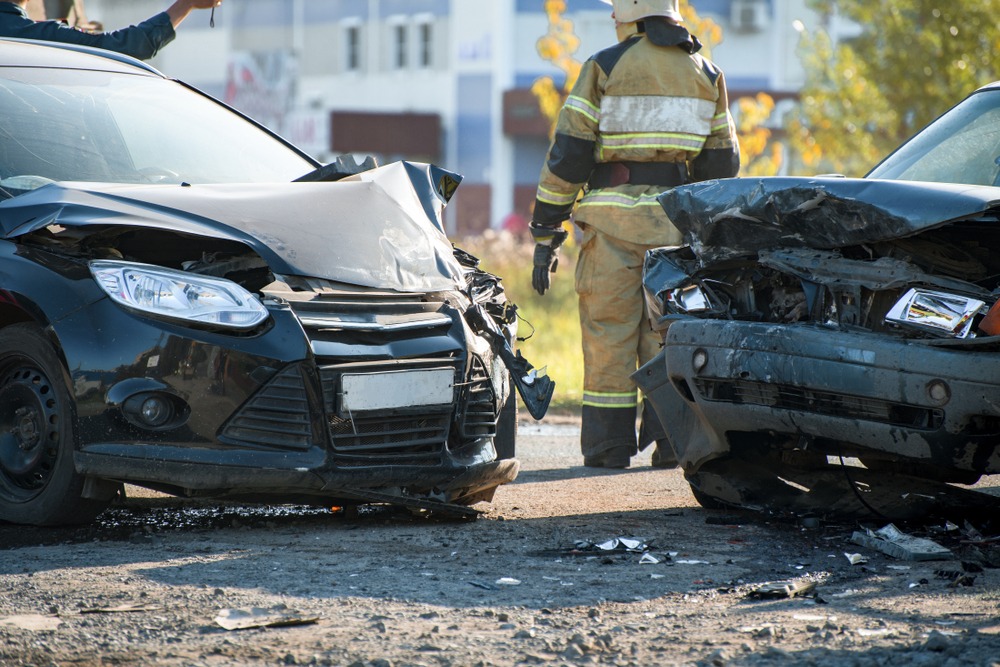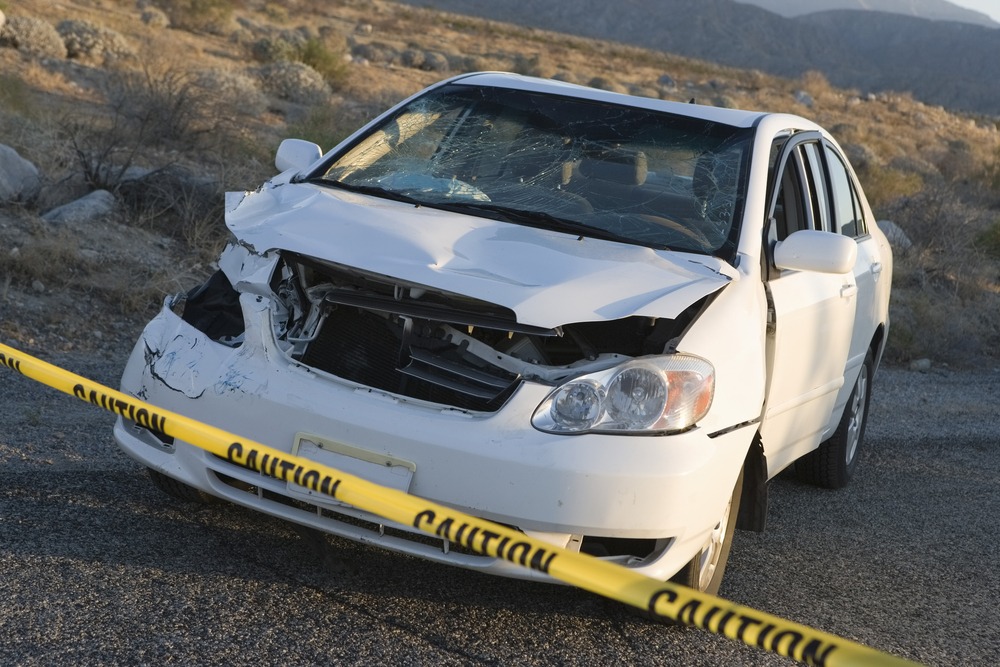Any form of distracted driving is potentially dangerous and can lead to serious consequences, such as accidents, injuries, or loss of life. Motorists should always drive attentively and make sure they are well-rested to remain focused on the road and mitigate distractions.

During rest periods, drivers can use their phones or other devices, eat, or sleep, but passengers should be careful not to engage in behavior that is distracting to the driver. Here are four of the most common distractions while driving.
Cell Phones and Electronic Devices
In the U.S., smartphones have become the primary distraction for most drivers. According to Forbes, about 3,000 fatalities occur in the U.S. each year due to distracted driving, and more than half a million drivers use cell phones while driving.
The primary reasons why cell phones and other electronic devices have become such major sources of distractions during driving are their ease of access and the various apps that constantly alert the owner of many different things. Cell phones involve all three types of driving distractions, which are manual, visual, and cognitive.
For example, various people use social media apps to talk to friends and family or promote their businesses. Others use online dating apps or bank account apps that notify them of various updates or requests.
The high-quality cameras of smartphones can also act as a catalyst for distractions. For example, drivers or passengers may use them to take photos of the scenery, video chat with friends or family, or live-stream their trips on social media.
Regardless of the intended use of cell phones and other electronic devices, nothing can excuse distracted driving, and the statistics clearly show the detrimental effects of those distracting devices. However, the issue is not with the technology, but rather with the driver’s irresponsible behavior.
Texting while driving, talking on the phone, or browsing the internet while driving are all acts of distracted driving that significantly increase the risk of accidents.
Drowsiness and Fatigue
Fatigue or drowsiness are common factors that can impair a driver’s ability to focus and react quickly while on the road. Sleep deprivation, fatigue due to long work hours, sleep disorders, or not resting enough while traveling great distances are the main causes of drowsiness and fatigue in most drivers.
When drivers are at an increased risk of falling asleep at the wheel, it can result in various extremely dangerous situations that could result in fatal accidents and crashes. Drivers must be adequately rested before driving, especially during long-distance travel.
When taking their eyes off the road for just five seconds at a speed of 55 mph, drivers can travel the length of an entire football field.
It’s also worth noting that even if a driver is fatigued and drives slowly, that doesn’t mean that unforeseen circumstances, such as an animal running in front of the car or encountering a reckless or speeding driver, won’t occur.
When this happens, a driver’s focus and reaction time can make the difference in a life-or-death situation, and fatigue will impede their abilities.

Multitasking and Other Occupants
Many drivers often engage in multitasking or continuously interact with other passengers in the vehicle during long-distance travels. Although talking with a driver during a long trip can be beneficial in keeping them awake and focused, it can also be a distraction, particularly if the occupants are very loud and lively.
When a driver engages in activities such as eating, drinking, grooming, or other actions that take their attention away from the road, their driving performance will be affected. All sorts of unexpected situations can occur while driving and quick reaction times and a sharp focus plays a crucial aspect in mitigating unforeseen circumstances.
Because of this, drivers should avoid multitasking and inform passengers if they are particularly distracting. If an emotionally charged situation cannot be avoided, or if thirst or hunger is urgent, it is best to stop the vehicle, deal with the distraction, and then continue driving. There is no reason to continue driving on an empty stomach, or while you are thirsty, or having an emotionally charged conversation with someone as all of these factors can increase your risk of being involved in a car accident.
External Factors and Objects
Getting distracted while driving can occur due to external factors. For example, a driver might look at billboards, read a map or GPS device, adjust their radio or music player, reach for objects in the vehicle, or observe events outside the vehicle.
The risk of getting involved in an accident is drastically raised in each of these situations. It’s essential to find ways to avoid being distracted, such as asking the other passengers to turn down their music or avoid doing other things that affect your attention and ability to focus and drive.
According to the CDC, the three main types of driving distractions occur when you take your eyes off the road, your hands off the wheel, or your mind off driving. Although younger teens are often thought to engage in distracted driving via texting or emailing, statistics show that older teens engage in these practices more often than their younger counterparts.
Dealing With a Distracted Driving Accident
In many distracted driving accidents, the reckless driver often holds most of the blame. Depending on the state where the distracted driving accident occurred and the applicable comparative negligence laws, one or both parties may be entitled to compensation in the event of an accident.
Car accident lawyers are often involved in such cases to help victims seek justice and proper compensation for their injuries and other losses. If you or a loved one has been involved in a car accident in California, contact The Roberts | Jeandron Law Firm to receive legal guidance and explore your legal options.

 By:
By: